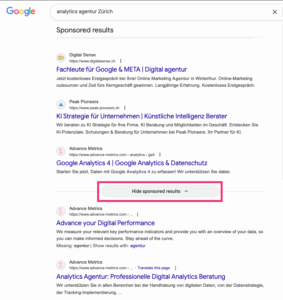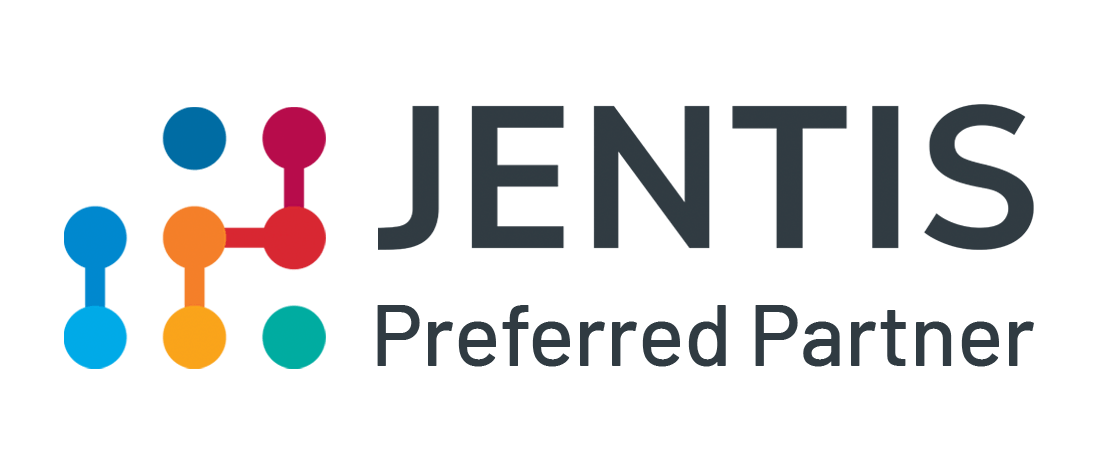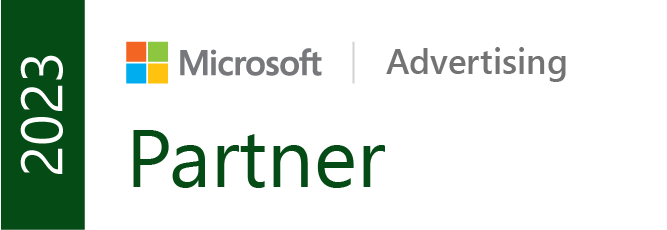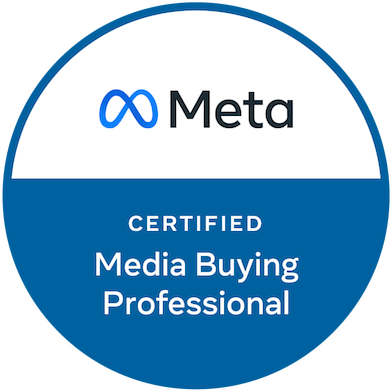On October 13, 2025, Google opened another chapter in its AI-first strategy. With the new update, paid search ads can now be grouped and hidden under “Sponsored Results” with a single click on the search results page.
Officially, the change is about transparency and user-friendliness. In reality, however, the update is far more than an interface upgrade for Google Ads: it marks the next step toward an AI-driven search, in which machine learning decides what is visible and what is not.
While users appear to gain more control, advertisers are increasingly drawn into a system that seeks to fully automate reach, relevance, and visibility.
One Click to Invisibility
What was once individually labelled as “Sponsored” is now grouped under the heading “Sponsored Results”. With one click, users can hide all search ads, as shown in the following example:

Between AI Overviews, organic results, and shopping modules, this new ad grouping may look like an aesthetic clean-up. In reality, however, attention, and therefore power, is shifting toward Google’s algorithmic logic.
Transparency or Regulation?
Google presents the update as a step forward in transparency and control:
“This new, larger label stays visible as people scroll, making it clear which results are sponsored.
(Google Blog, October 2025)
Yet the timing is hardly coincidental. After years of ads visually blending more and more into organic results, Google suddenly opts for clear separation and calls it transparency.
The new structure achieves two goals at once: outwardly, it strengthens Google’s compliance position; internally, it provides valuable behavioral data for AI optimization.
Every interaction, whether a click, scroll, or “hide” action, becomes a data source for machine learning. From these signals, Google can infer which ads are perceived as intrusive, relevant, or trustworthy.
So, the update seems less like a promise of transparency and more like a training mechanism for the AI that will soon control both search results and ad placements.
Automation as a Business Model
Behind the design update lies a strategic transformation. Google is evolving from a search engine into an AI-driven recommendation platform, where human decisions are increasingly replaced by algorithmic ones.
In advertising, this transformation is already a reality:
- Performance Max consolidates all channels into an automated campaign structure.
- AI Max for Search Ads determines when ads appear within or alongside generative results.
- Smart Bidding replaces traditional keyword management with learning models.
For advertisers, this means less control and greater dependency. Visibility no longer results from manual optimization, but from algorithmic prioritization, based on criteria defined solely by Google.
To remain visible, advertisers must adapt to this system’s logic. Traditional campaign structures lose reach, while formats like Performance Max or AI Max for Search become prerequisites for appearing in search results at all. Google thus indirectly forces advertisers to adopt AI-driven campaign models, tightening their dependency on its ecosystem.
At the same time, a subtle shift in ad placement is occurring. While “Sponsored Results” are now clearly labelled and can be hidden, ads increasingly appear in places users don’t expect: within the AI Overviews.
Here, the line between organic and paid content blurs. Advertising is no longer clearly identifiable but instead seamlessly integrated into generative answers. To stay visible in this new environment, advertisers will have little choice but to use Google’s AI-powered formats like Performance Max or AI Max Search Ads. As a result, the search ecosystem becomes an even more opaque black box; controlled, optimized, and monetized entirely by Google. Transparency and control decline, while Google alone benefits.
The paradox: the more visibly Google labels ads in one area, the more invisible they become elsewhere.
Visibility in the Age of AI
At first glance, Google’s “Sponsored Results” update looks like a step toward greater transparency. In truth, it marks the beginning of a new search era, one in which visibility is no longer determined by placement or budget, but by algorithmic calculation.
While ads appear more clearly labelled and even hidable on the surface, real attention shifts to AI Overviews, where content is assembled by generative models and ads are seamlessly embedded. Advertising thus becomes less visible, yet more unavoidable: it appears exactly where the AI deems it relevant.
For advertisers, this represents a silent but profound change. To remain competitive within this new search logic, they must adapt to machine-driven control, not out of choice, but out of necessity. Visibility increasingly depends on whether campaigns run through Google’s AI-based formats like Performance Max or AI Max Search Ads. Without these, ads will be effectively excluded from the new, partially collapsible search interfaces. Visibility will thus become the outcome of data, models, and signals beyond human control.
Google’s promise of transparency ultimately reveals itself as part of a larger strategy: the more visible the surface becomes, the more invisible the mechanism behind it.









